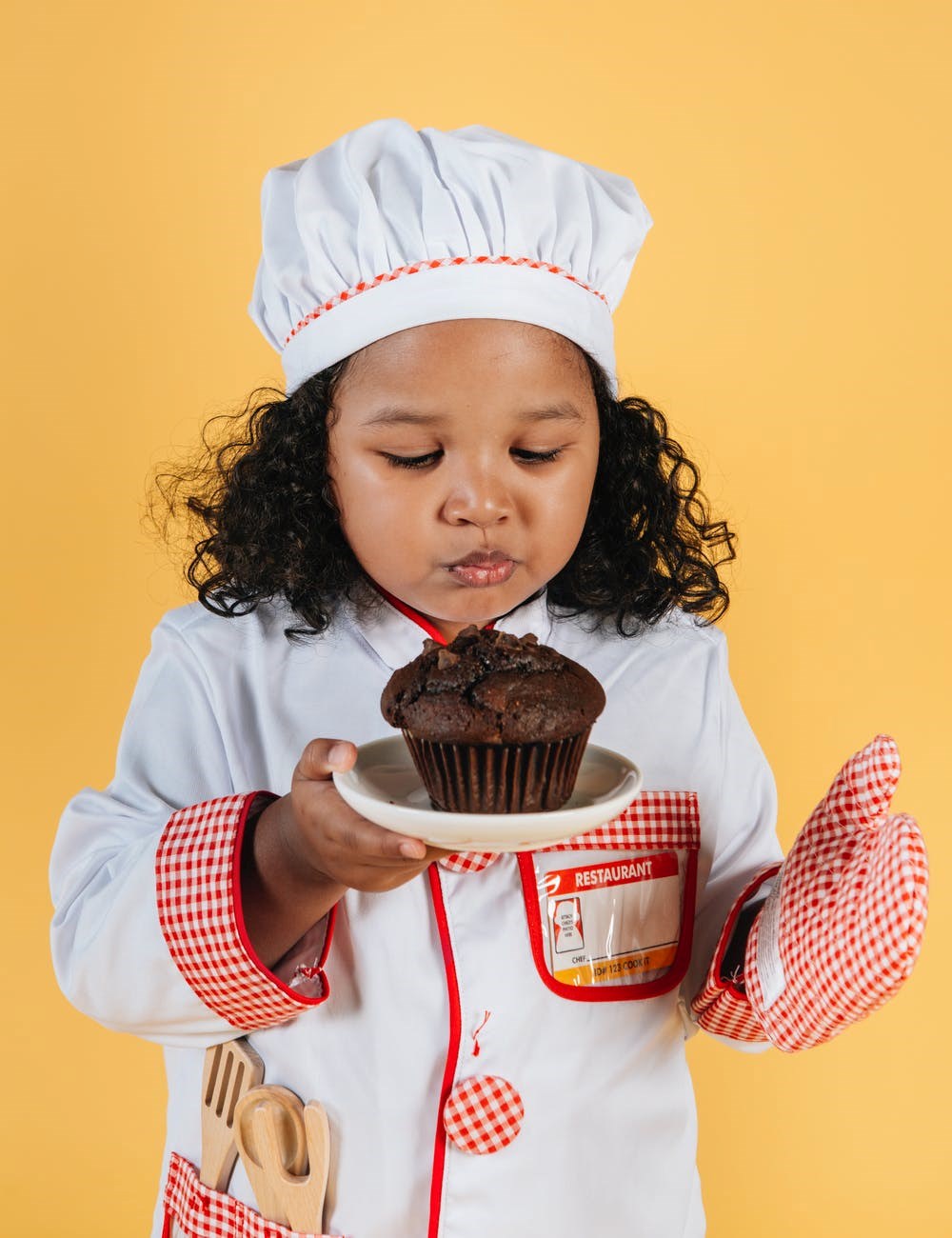Sensory baking recipes for children

Cooking with children can be great fun and a hugely sensory experience, full of textures, colours and smells. Why not explore these simple sensory recipes that can be made at home or in the classroom?
What are the benefits of baking with kids?
There are a ton of benefits to getting children involved with cooking, such as:
- Learning about hygiene – always wash your hands and tie back long hair when cooking!
- Learning about weights and measures – great to feed into mathematics lessons
- Understanding different food groups and healthy eating
- Learning about safety around knives, hot ovens/hobs etc.
- Developing communication skills – particularly if working in pairs/groups
- Using cooking as a therapy tool. The sensory experience can be very relaxing!
Simple Sensory Recipes
Trifle
If you’re looking for a simple sensory recipe, trifle is a great one to try! You can keep it simple by making jelly and pouring it over ready made sponge, then adding a layer of custard when set and topping with cream, or you can step up your game by making fresh sponge to put in the bottom, and/or adding fresh fruit to the jelly layer for an opportunity to discuss the benefits of healty(er!) eating.
Sensory and learning opportunities with trifle
The sensory opportunities are great with trifle. The jelly feels stretchy and wobbly to break up and put into a jug – and it smells amazing too. Watching the lumps dissolve is a fun visual activity as well as giving children a great opportunity to get involved physically with stirring to help speed up the process (another opportunity for learning – why does stirring make the jelly dissolve faster?). Making a trifle also teaches patience as you need time to allow each layer to set before adding the next. Making custard from powder is a chance to talk about Non-Newtonian fluids with more able learners (see our other blog about that if you don’t know what those are!) And touching custard powder itself is also another different sensory experience (and who doesn’t love the smell of custard while it cooks on the stove?!). Finally, whipping the cream gives a chance to watch another liquid change state as it stiffens ready to be piped or spread over the top of the trifle.
And let’s not forget about the sense of taste… trifle TASTES AMAZING! A great reward for the patience of waiting for the pudding to set to perfection!
Cookies
Making cookies has to be a home economics classic! The options for customisation are endless, and there are literally thousands of recipes to choose from. You could go for big, chewy cookies, or shorter biscuit style bakes. This page has a great range of cookie recipes to take a look at.
Sensory and learning opportunities with cookies
The basic ingredients for making cookies usually include flour, sugar, butter and an egg. The first step of measuring the ingredients is great for supporting numeracy skills. Breaking eggs is not only fun but also allows children to enjoy the change of texture from hard and sharp to slimy and gooey… extra credits if you use your fingers to separate your egg! Flour is soft and powdery – children could try spreading some on the work surface and writing their name in it with their fingers to add a bit of literacy to the session. You could also try bringing in a range of different food flavourings for children to smell and decide which to add to their cookie dough. You could include peppermint, lemon, almond, vanilla or even more adventurous options which exist these days such as bubble gum flavouring! You could do the same with food colourings – but be careful with what you add as some additives can have adverse effects on children… you don’t want to fill them with blue food colouring and have them bouncing off the walls! Again, there is a great opportunity for adding healthier ingredients such as oats, fruit and nuts, too. The smell of cookies baking is wonderful and as this is a project that can be completed in a single lesson, they can be enjoyed warm on the day or taken home for friends and family to enjoy.
Cupcakes
Like cookies, cupcakes present a fantastically versatile option for a baking session with children. You can either stick with a pre-written recipe (you can find a host of ideas here) or you can explain the magic ratio (2oz fat, SR flour and sugar for each egg used) and allow the children to design their own recipe – deciding which type of fat and sugar they will use (i’d stick with regular SR flour for the sake of ease unless you have gluten-intolerant individuals to consider) and what they will add to their mix to make their recipe unique. Then there is the decoration… water icing, buttercream, jam fillings, chocolate ganache, fondant… again the options are endless!
Sensory and learning opportunities with cupcakes
As with cookies, you can get some numeracy in by measuring your ingredients carefully, and you can enjoy the process of breaking eggs and exploring the slimy texture before adding them to the bowl. Mixing the batter can be done by hand and gives a bit of physical interaction for children – those with energy to burn might like to see how fluffy they can get their mixture to be! Exploring the shapes, colours, smells and textures of any fruits, nuts or other added ingredients is yet another super sensory opportunity. Carefully using spoons to transfer the mix to cake cases is great for dexterity, and the smell of baking cupcakes… well who doesn’t love that?! Then there is the decoration! If you choose to use buttercream or a ganache to decorate your cupcakes, the action of spreading or piping the mix can be good fun. Fondant icing is like play dough – so while the cakes are baking, children could use colours to dye their fondant, rolling pins to get it nice and thin and cutters to make beautiful shapes to decorate their cakes with once they have cooled down. Alternatively, fondant could be used to make 3D models to go on top of cakes – it can be as simple or as complex as you like!
All baking is sensory baking!
At the end of the day, baking or cooking anything is a hugely sensory experience – you can take any recipe or process and pull it apart to explore the learning and sensory opportunities – so next time you are doing home economics at school, remember to explore these elements fully. And if you have any sensory recipes you want to share, feel free to post your suggestions in the comments section below.
Are you looking for SEND staff or work?
If you're looking for a SEND teaching or support job in England or Wales, why not register with Axcis, the SEND recruitment specialists? Or perhaps you need to recruit staff for your school or provision? If so, why not take a look at the Axcis Website, or get in touch today to find out how we can help?
